
…electric motors c35% more efficiently, which matters for electrifying compressors, for heat pumps, and as motors absorb 15% of all useful global energy. Semis are also crucial for battery charging…
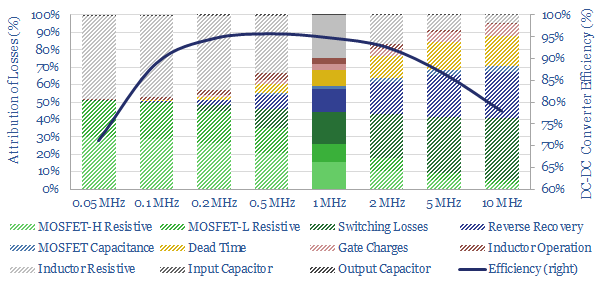
…the MPPT in solar, to wind turbines, to charging and discharging batteries, such as in electric vehicles. DC-DC converters invariably contain one or more MOSFETs, diodes, inductors and capacitors. Think…
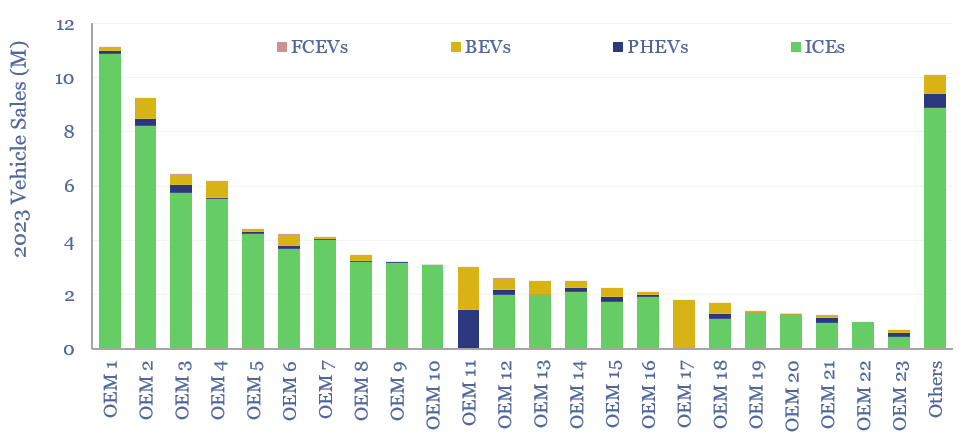
…thus adding bi-directional charging to its vehicles, and continuing with electrification ambitions; while many of Japan’s OEMs, such as Toyota, Honda, Suzuki, Mazda, Subaru partly due to challenged Japanese electricity…
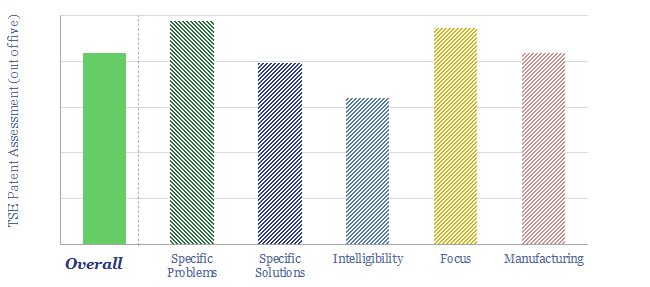
…355 mAh/gram. Hence using a silicon anode in a lithium-ion battery confers higher energy density and faster charging (as the lithium ions have ‘less far to travel’). What has hindered…
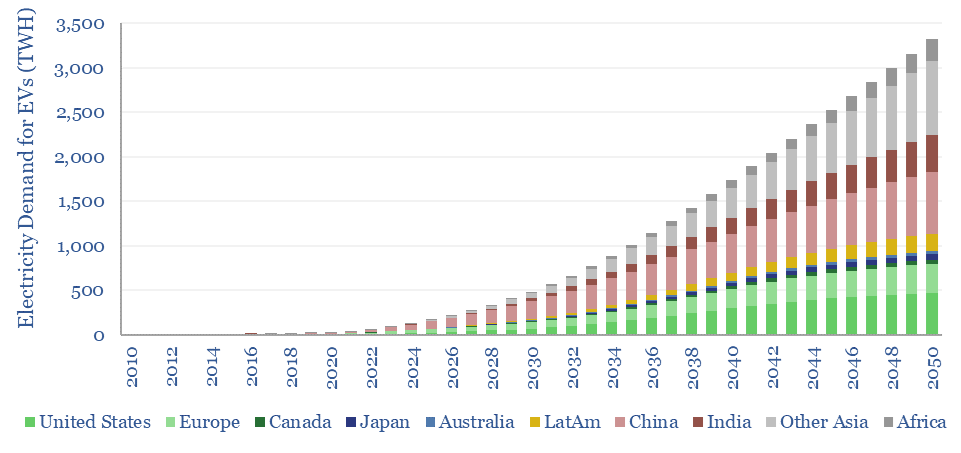
…grid is necessary for meeting electricity demand for electric vehicles, for displacing 25Mbpd of oil demand by 2050 (14,000 TWH-th of primary energy). Another requirement lies in charging networks. But…
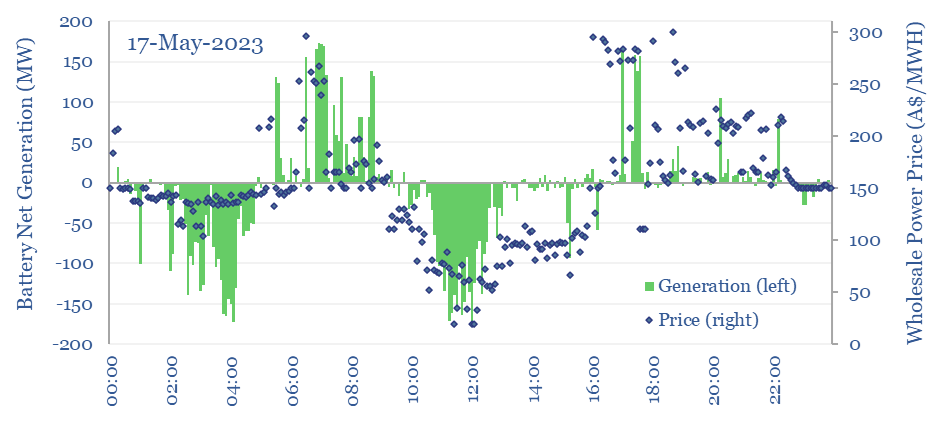
…start up, or some large generation source suddenly disconnect. This is part of capacity markets. Underlying data into real-time battery charging and discharging, at 5-minute intervals, are available in the…
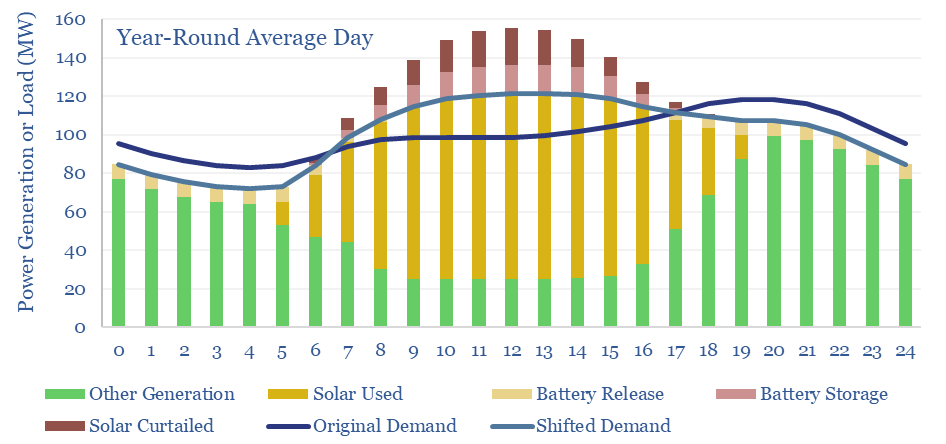
…May, at +/- 15%. And highest at midday in May, when 34MW of excess demand must be absorbed, in our 100MW grid. https://thundersaidenergy.com/2023/07/20/smooth-operators-who-benefits-from-volatile-power-grids EV charging helps to contextualize our demand-shifting…
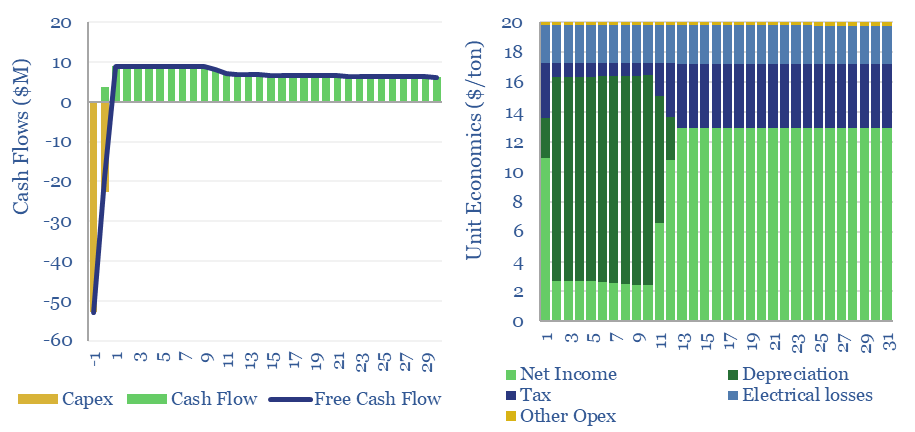
…would need to earn a storage spread of 20c/kWh to earn a 10% return with daily charging and discharging over a 30-year period of backstopping renewables. Past redox flow projects…
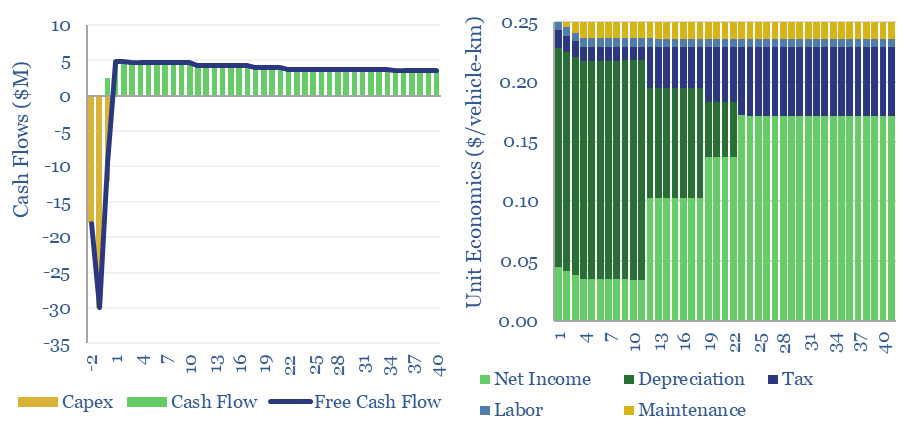
…economic model captures a road as though it were an economic entity, charging $0.25 per vehicle-km, to generate a 6.5% IRR on $3M/lane-km of capex. Of course, built by governments,…
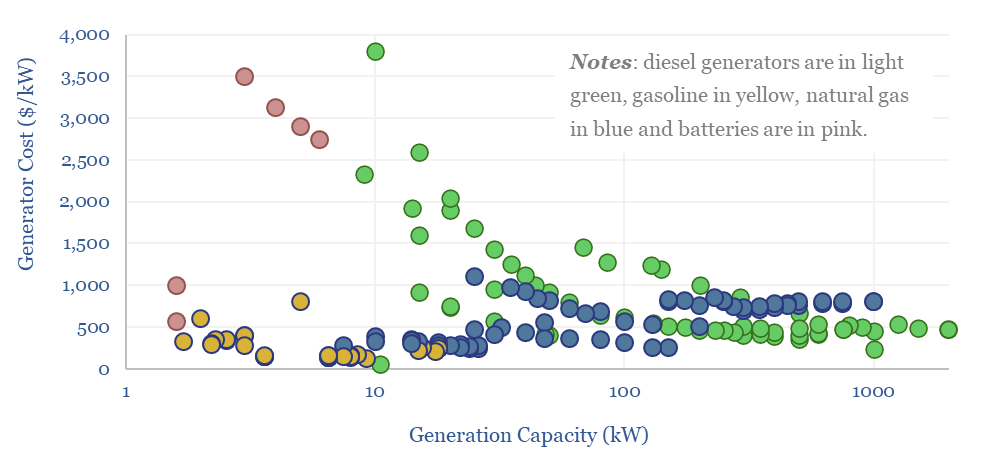
…10% other. 80% was domestic within the US, and 20% was international. 12% is attributed to ‘energy technologies’ which includes storage, solar MLPE, EV charging, smart thermostats, electrification, etc. But…










